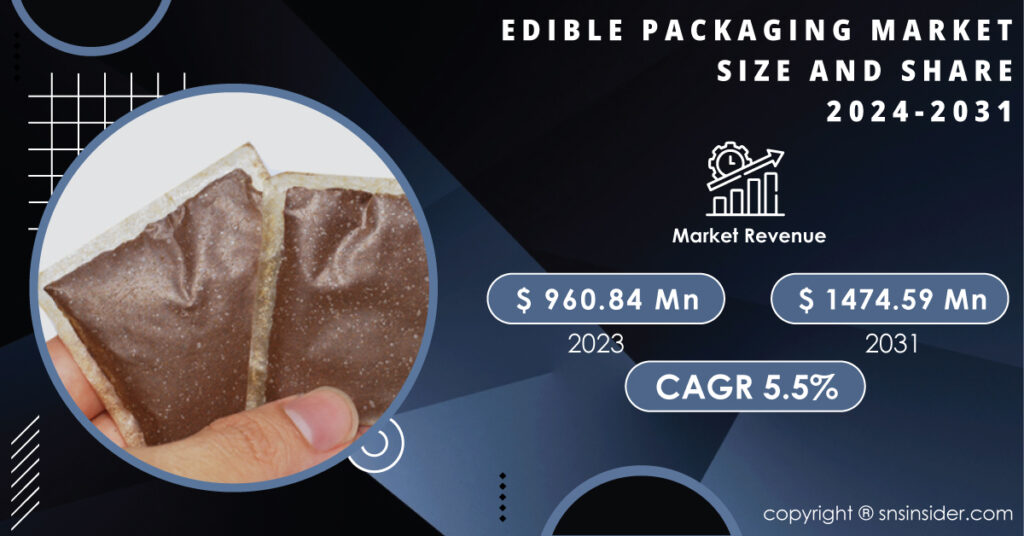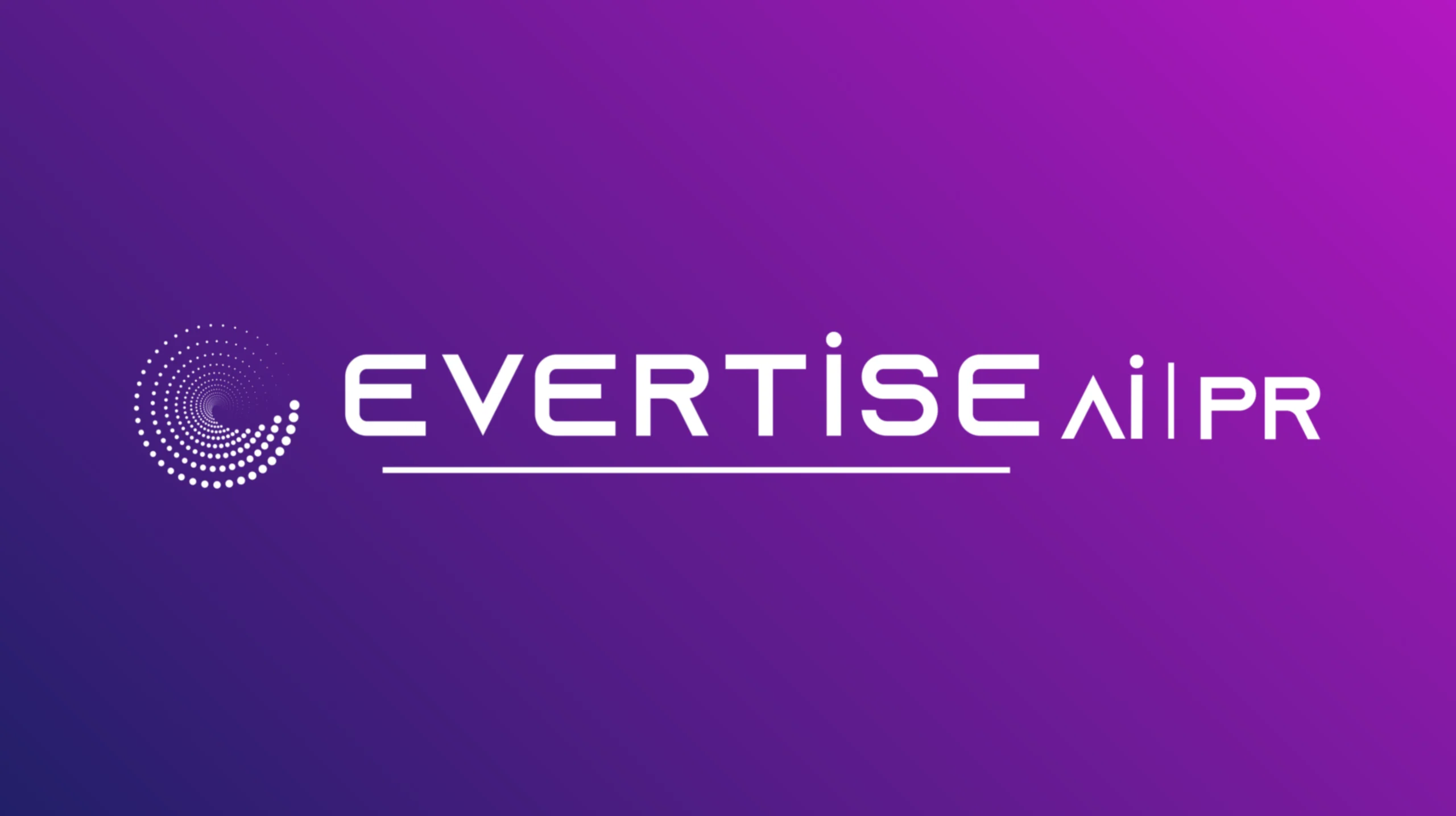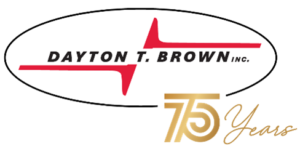
“According to SNS Insider Report, the Edible Packaging Market Size is projected to grow from USD 960.84 million in 2023 to USD 1474.59 million by 2031, registering a CAGR of 5.5% from 2024 to 2031”
Public anxieties about plastic pollution are a major factor, with consumers increasingly seeking eco-friendly alternatives.
This has led to a rise in demand for edible films and coatings made from plant-based materials like seaweed, cellulose, and starches. Governments are also taking action, with some countries like France implementing bans on single-use plastics. For instance, the European Union has mandated a significant reduction in single-use plastic packaging waste by 2025, pushing food manufacturers to explore edible solutions.
Maintaining consistent quality and shelf life of the edible packaging itself remains a work in progress.
Some consumers express apprehension about consuming unfamiliar coatings, and regulations require rigorous testing to ensure safety. For instance, the US Food and Drug Administration (FDA) mandates extensive evaluation of materials and potential interactions with packaged foods. Despite these challenges, government initiatives offer a glimmer of hope.

Edible Packaging Market
Get a Sample Report of Edible Packaging Market@ https://www.snsinsider.com/sample-request/3065
Major Players Listed in this Report are:
- Glanbia plc
- Devro Plc
- WIKICELL DESIGNS INC
- Amtrex Nature Care Pvt Ltd
- Mantrose UK Ltd
- Coolhaus
- Notpla ltd
- Ingredion
- NAGASE & CO LTD
- Skipping Rocks Labs
Driven by a global focus on sustainability, governments are enacting stricter regulations on plastic use.
For instance, the European Union’s Single-Use Plastics Directive aims to significantly reduce single-use plastic packaging by 2030. This creates a gap in the market that edible packaging can fill. Beyond environmental benefits, edible coatings can extend shelf life, reducing food waste. A study by the Institution of Mechanical Engineers estimated that food waste reduction through improved packaging could save $110 billion globally. Moreover, edible coatings can act as carriers for beneficial ingredients.
Plant sources, encompassing starches, cellulose, and seaweed extracts, currently hold the dominant position, accounting for roughly 60% of the market share. This dominance stems from several factors, including the abundance of plant materials, their biodegradability, and their ability to be tailored for various functionalities.
Edible Packaging Market Key Segments:
By Raw Material
- Polysaccharides
- Protein Films
- Lipid
- Others
By Source
- Plant
- Animal
By Packaging Process
- Antimicrobial
- Nano-Technology
- Micro-organisms
- Electro Dynamic
- Others
By End Users
- Food
- Beverages
- Pharmaceuticals
The APAC region is fertile ground for the edible packaging market, driven by a several of factors.
Environmental consciousness is a key driver, with roughly 70% of APAC consumers expressing a preference for sustainable packaging solutions. This aligns perfectly with the growing processed food demands in developing countries like India, where nearly 60% of the population resides in urban areas. On-the-go consumption habits prevalent in metropolises like Tokyo, Shanghai, and Delhi further fuel the growth of the edible packaging market, with close to 55% of consumers opting for convenient, single-serve food options
Do you have any specific queries or need any customization research on Edible Packaging Market, Enquire Now@ https://www.snsinsider.com/enquiry/3065
Key Trends:
Nanotechnology is leading the charge over 28% market share with the development of edible coatings that enhance shelf life by blocking moisture and oxygen. This provides directly to the rising demand for fresh, high-quality food over 76% market share in end-use.
Additionally, protein-based materials like gelatin and whey are gaining traction due to their versatility and functionality. The trend towards eco-friendly solutions is further amplified by the popularity of biodegradable films and portion-size packaging, both of which contribute significantly to the market growth.
However, the market will be facing some challenges such as high upfront costs and stricter government regulations regarding food safety. – SNS Insider Analysis
Competitive Landscape:
JRF Technology, a prominent name, recently unveiled a new line of antimicrobial coatings derived from citrus extracts. This addition extends shelf life and enhances food safety without relying on synthetic preservatives.
MonoSol, another major participant, has focused on expanding its water-soluble film technology. Their advancements allow for portion control packaging that dissolves entirely upon contact with water, reducing waste and promoting convenience.
Evoware, a rising star, continues to impress with its seaweed-based burger wraps. Their product caters to the growing demand for plant-based alternatives and offers a functional, edible solution that aligns with consumer preferences for sustainable packaging.
Future Landscape:
- The future of edible packaging is poised to be a delicious revolution on our plates. Imagine popping a seaweed pouch of nuts directly into your mouth or dunking a biscuit coated in an edible wax layer into your tea.
- Innovation is swirling around functionality too. Edible coatings derived from fruits like mangoes could extend shelf life, while antimicrobial properties can be incorporated from herbs and spices.
- As consumers become more eco-conscious, the environmental impact will be a major driver. Not only will edible packaging biodegrade quickly, but it could even be composted at home, reducing waste sent to landfills.
Table of Contents – Key Points
1 Introduction
2 Research Methodology
3 Market Dynamics
4 Impact Analysis
5 Value Chain Analysis
6 Porter’s 5 forces model
7 PEST Analysis
8 Edible Packaging Market Segmentation, by Raw Material
9 Edible Packaging Market Segmentation, by Source
10 Edible Packaging Market Segmentation, by Packaging Process
11 Edible Packaging Market Segmentation, by End User
12 Regional Analysis
13 Company profile
14 Competitive Landscape
15 Use Case and Best Practices
16 Conclusion
Continued…
Buy Single-User PDF of Edible Packaging Market Report 2024-2031@ https://www.snsinsider.com/checkout/3065
About Us:
SNS Insider is one of the leading market research and consulting agencies that dominates the market research industry globally. Our company’s aim is to give clients the knowledge they require in order to function in changing circumstances. In order to give you current, accurate market data, consumer insights, and opinions so that you can make decisions with confidence, we employ a variety of techniques, including surveys, video talks, and focus groups around the world.
Contact Us:
Akash Anand – Head of Business Development & Strategy
Phone: +1-415-230-0044 (US)



